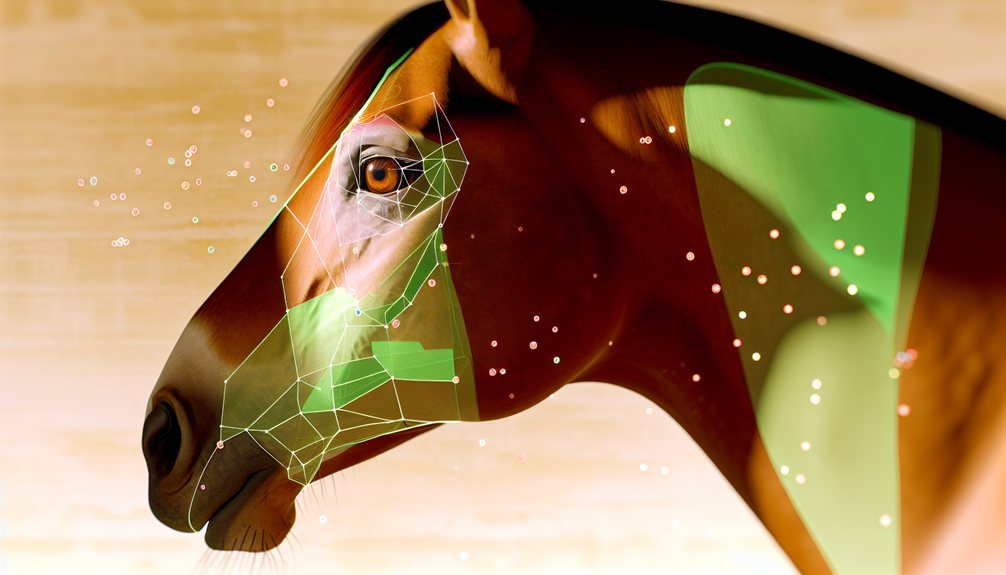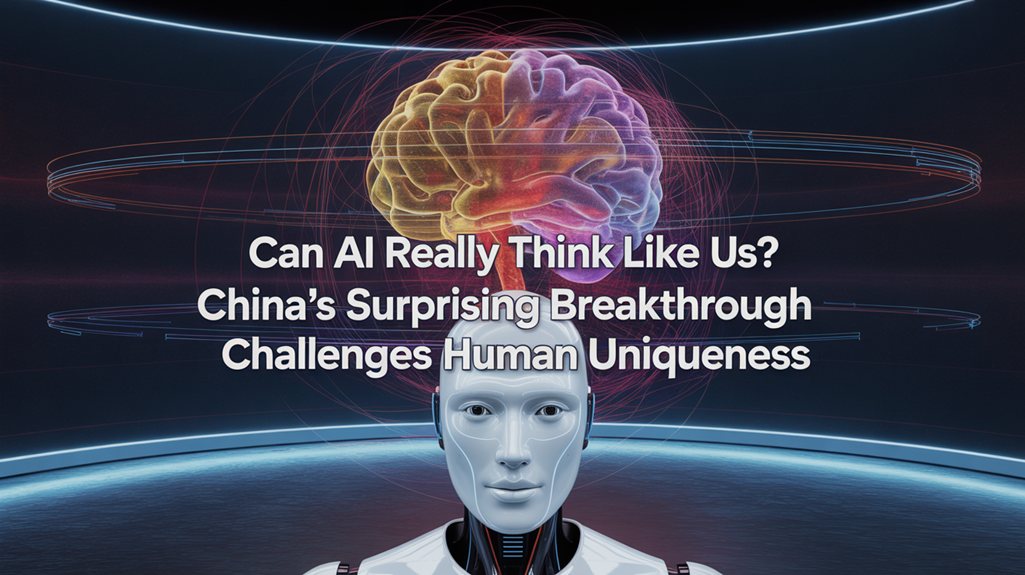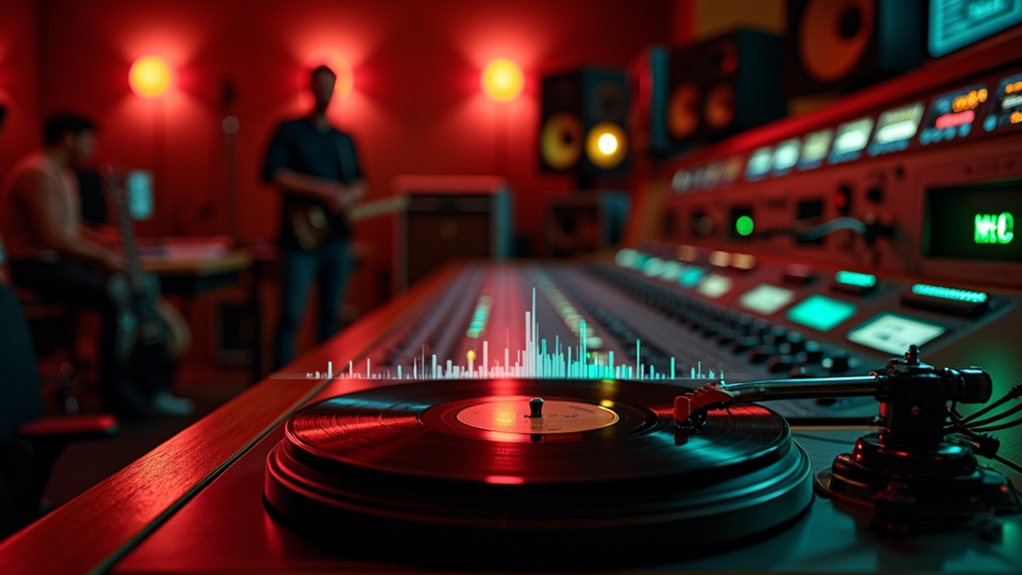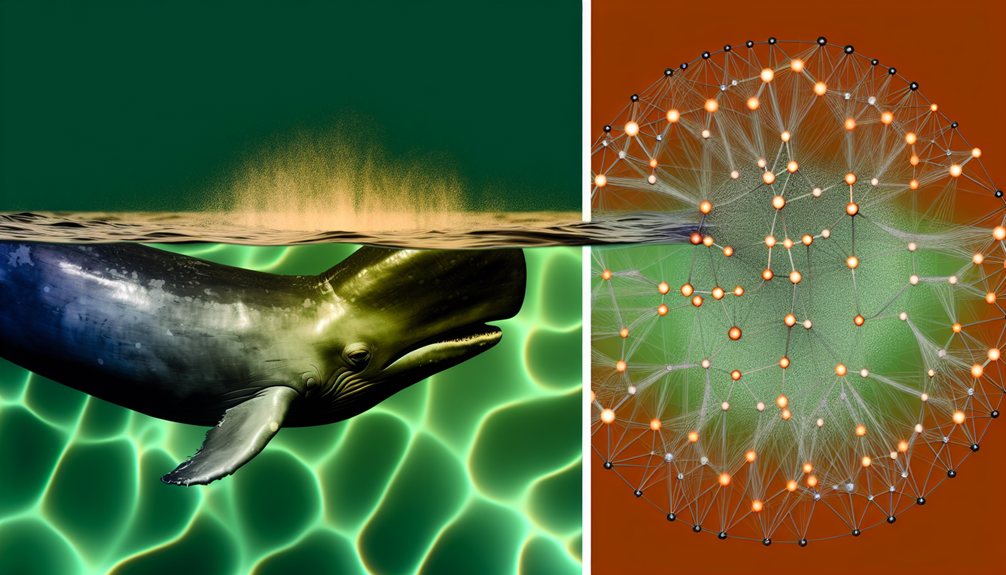Scientists have cracked the code on horse emotions, and it’s all thanks to artificial intelligence. Groundbreaking research has managed to decode equine facial expressions, distinguishing between baseline emotions, positive anticipation, disappointment, and frustration. It’s the first time anyone’s automated this process. Pretty impressive, right?
The tech behind it isn’t simple. Two approaches compete: deep learning models that analyze video footage directly, and machine learning models that rely on EquiFACS annotations. Turns out, the deep learning approach wins hands down with 76% accuracy overall. Machine learning? Not as hot. Similar to how smart sensors monitor crop health in modern farming, these AI systems track subtle changes in horse expressions.
Some emotions are trickier than others, though. AI still struggles to tell the difference between anticipation and frustration, managing only 61% accuracy. This research represents a significant advancement in the emerging field of animal affective computing. Horses aren’t exactly writing emotional sonnets on their faces.
Real-world applications are where this gets interesting. Imagine real-time monitoring systems for horse welfare that alert caretakers when an animal is stressed. No more guessing what’s bothering your thousand-pound pet. The technology could revolutionize how we care for livestock across the board. Researchers achieved an impressive 89.49% accuracy when distinguishing between positive and negative emotions in seven ungulate species including cows and pigs.
Researchers aren’t stopping with horses. Similar techniques work for other ungulates too. Scientists are sharing datasets, pushing the field forward faster. Thank goodness someone’s finally asking animals how they feel instead of just assuming.
The tech gets even cooler when combined with 3D motion capture and disentangled learning approaches. Systems like Dessie are being developed to interpret horse body language for veterinary care. Future work aims to connect these behavioral traits to genetics.
What’s particularly fascinating is how this research reveals universal emotional patterns across species. Turns out, mammals might speak a more universal emotional language than we thought. AI is just the translator we needed.
Will horses appreciate us finally understanding their feelings? Probably not. But at least now when your horse gives you that look, you’ll have data to back up what it means.









